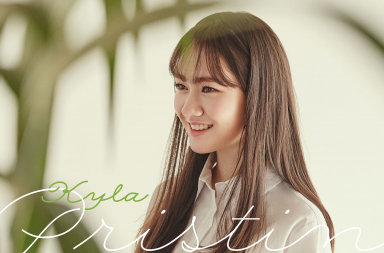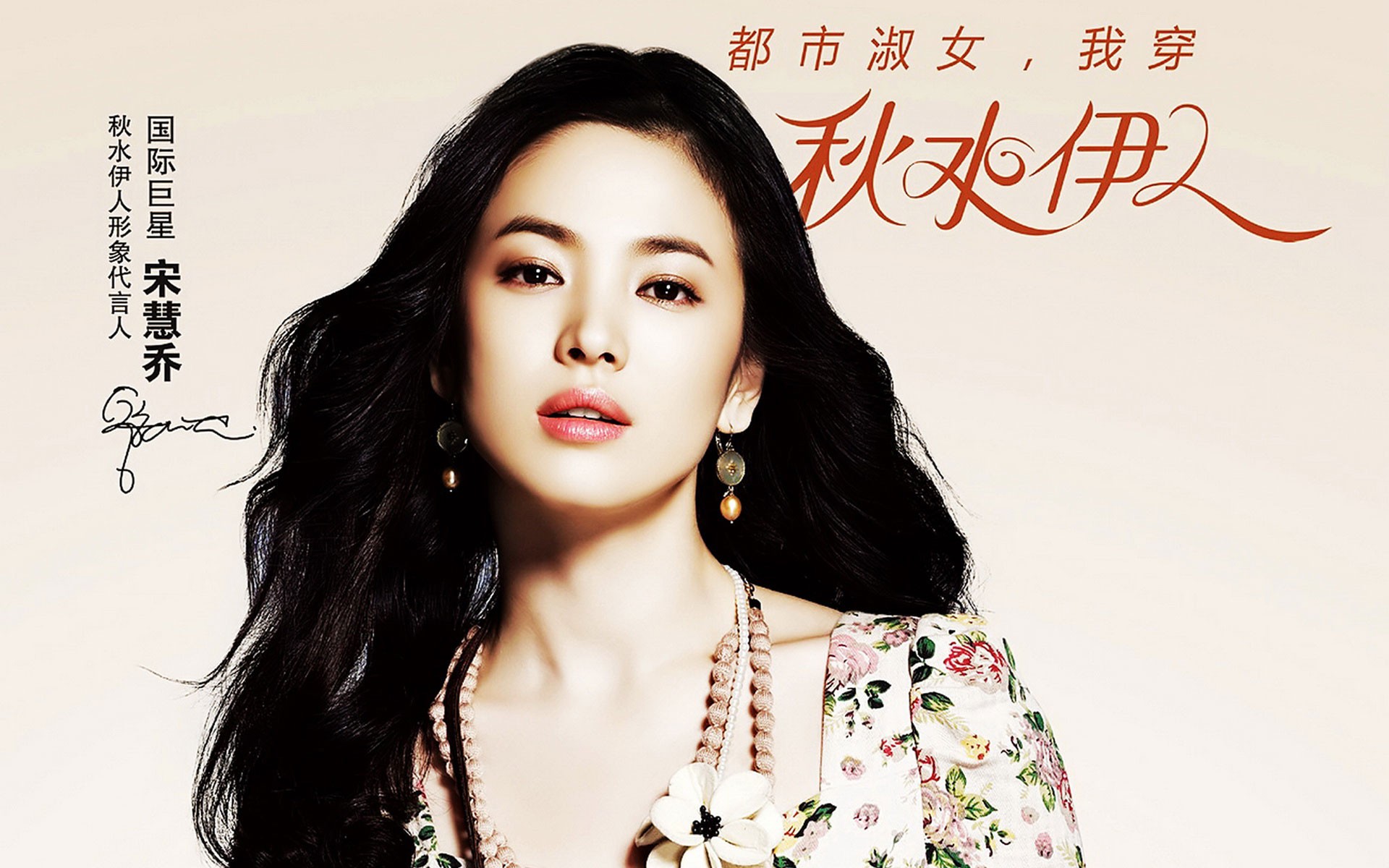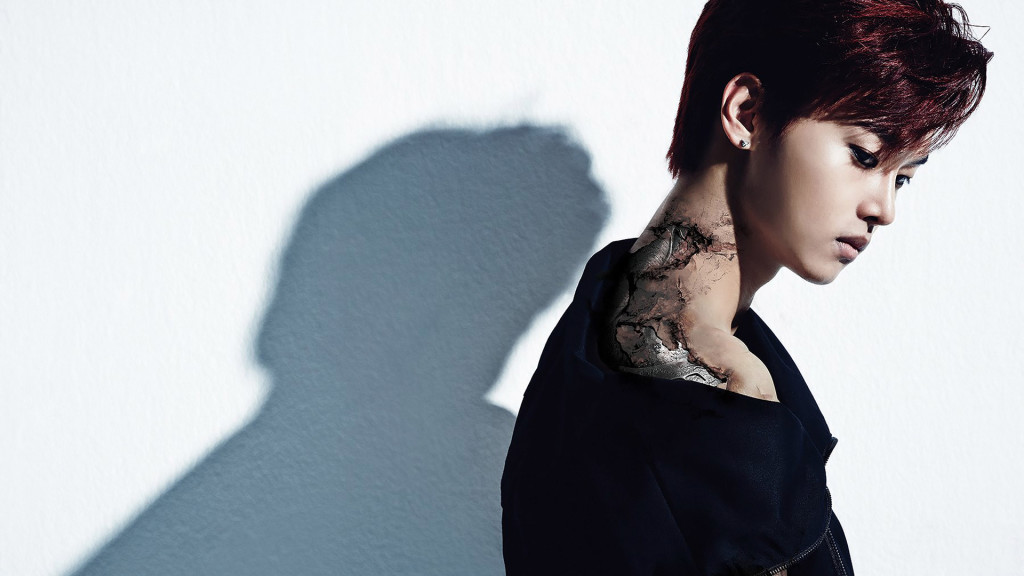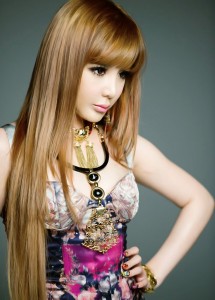 Recently, Yahoo! Singapore did an article about the growing trend of Singaporean women heading to South Korea to do plastic surgery. The Singaporean media has been getting more and more interested in South Korean pop culture, given how it’s gaining much more presence in Singapore. If anything, the sheer number of K-pop concerts held in Singapore should convince you so – even this year’s Formula 1 race has Big Bang headlining it, something I wouldn’t have even dreamed about two to three years ago. But largely, these articles tend to focus on the constructed nature of Korean pop, and often talk about “Korean” beauty, which gets me interested, because what is this “Korean” beauty that people always talk about and really, who came up with this?
Recently, Yahoo! Singapore did an article about the growing trend of Singaporean women heading to South Korea to do plastic surgery. The Singaporean media has been getting more and more interested in South Korean pop culture, given how it’s gaining much more presence in Singapore. If anything, the sheer number of K-pop concerts held in Singapore should convince you so – even this year’s Formula 1 race has Big Bang headlining it, something I wouldn’t have even dreamed about two to three years ago. But largely, these articles tend to focus on the constructed nature of Korean pop, and often talk about “Korean” beauty, which gets me interested, because what is this “Korean” beauty that people always talk about and really, who came up with this?
A quick summary is needed. The Yahoo! Singapore article covers how the number of Singaporean women heading to South Korea for plastic surgery has tripled over the past year, to form the third largest nationality after the Chinese and Japanese heading to South Korea for plastic surgery. What’s this supposedly impressive number? Thirty per month. They interview a number of Singaporean women, who speak about how they head to South Korea for plastic surgery because of, firstly, the quality and price. How do these women get the idea of South Korea into their minds? From how pretty and natural the actresses and stars look. Most importantly, they talk about how widely accepted plastic surgery in Korea is, and the article makes it a point to show how Singaporean women, in particular Singaporean online female bloggers, want to look like particular stars without knowing how well the features actually suit their faces.
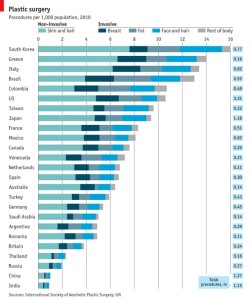 At this point in time, it’s important to state that I’m not disagreeing that there is a culture of acceptance of plastic surgery in South Korea that normalizes it. We’ve heard the facts over and over again. South Korea has the highest percentage of people who do plastic surgery, and common consensus has it that plastic surgery is in fact very socially accepted in South Korea. Previous Seoulbeats articles have already covered the phenomenon of plastic surgery and medical tourism, and have spoken specifically about how this normalization of plastic surgery demonstrates a heavyset pressure imposed on people to change their looks to fit a social standard, as well as how damaging these pressures can be.
At this point in time, it’s important to state that I’m not disagreeing that there is a culture of acceptance of plastic surgery in South Korea that normalizes it. We’ve heard the facts over and over again. South Korea has the highest percentage of people who do plastic surgery, and common consensus has it that plastic surgery is in fact very socially accepted in South Korea. Previous Seoulbeats articles have already covered the phenomenon of plastic surgery and medical tourism, and have spoken specifically about how this normalization of plastic surgery demonstrates a heavyset pressure imposed on people to change their looks to fit a social standard, as well as how damaging these pressures can be.
But leaving aside how plastic surgery existed before K-pop and undoubtedly, especially in Singapore, borrows much cultural pressure from American society, there’s an interesting issue raised here — that of this notion of “Korean beauty” purported by idols to have. I don’t know about you, but before I began research into this area, I could spot it and I could name a few key features, but I couldn’t really tell you why their culture supported these traits.
Want to try? Let’s have a go. I’m sure that most people have heard or seen of the photo below done by Business Insider, which is of the Miss Korea competition, which has mostly provoked mocking noises from people who find the resemblances between the participants uncanny.
White skin? Yes. Long legs? Yes. Baby-soft skin? Yes. Why? I had not much of an idea, other than something linked to prosperity.
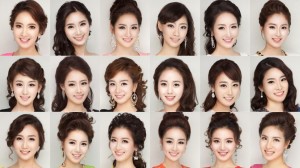
Fascinatingly, Korean notions of beauty are also based heavily in historical and cultural roots, and it’s the history of colonization as well as the social purpose of plastic surgery that I want to bring into sharper relief here. At this point in time, it’s important to state that I’m not making an argument for essentializing Korean culture (i.e, all Koreans are like that, they do this because they’re Korean), but rather wanting to look honestly at studies and research that smarter people than I have done on how these beauty standards form. (Ruth Holliday has done a brilliant piece called Gender, Globalization and Cosmetic Surgery in South Korea on this).
We’ve all heard the usual pieces about how being “non-white” inculcated a sense of inferiority into South Korean women, encouraging them to get plastic surgery. I’m not saying that this is the entire reason behind plastic surgery, but I do think that it’s a contributing factor. I do acknowledge also that there’s a definite intersection with localized ideas of class and status, making it difficult to entirely say that this is a “Western” thing or an indigenous cultural value (i.e fairer skin symbolized higher status because they didn’t have to work in the fields) but it’s this contributing factor of an idealized “Western” body that I’m bringing out. Holliday complicates this by bringing in the Japanese colonial period, from 1910-1945, as an impetus towards embracing a “Western” body. Since liberation from Japanese forces, a desire to distinguish oneself from Japanese people was born. She quotes Na Se-Jin as saying in 1964 that
The Korean is of medium to tall height, among many races of the world. The neck is thin and long,and because of the superior development of the Korean’s body and muscular structure, the posture is straight and erect. The calf is long, and since every part of the body’s measurements are very even, the Korean resembles the well-proportioned stature of the Europeans and Americans [rather than the Japanese].
Truth or not? I have no definite idea, but it’s a compelling argument nonetheless, one that gives us another way of looking at the so-called “Korean” body. Given the historical tensions between South Korea and Japan, I’m inclined to believe this.
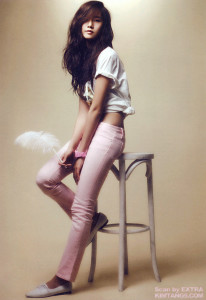 Besides historical reasons, cultural reasons that have nothing to do with “Western” notions of femininity also come into play. The second factor I find worth exploring is physiognomic surgery, the seeking of auspicious faces. Plastic surgeon Lee Won Suk says in a 2006 article for the New York Times that “one in ten of my patients asks me to operate on them based on what they believe would bring good fortune in the future”. So the notion of an “auspicious” face is born, and manifests itself in, for example, the removing of moles or blemishes under the eyes because they resemble “tears of sorrow”. These are extremely cultural-based rather than what we assume as Western notions of femininity. And people do it because appearances are perceived to be related to job success, as in a 2006 study that Holliday quotes in which high school students perceive appearances to be of more importance than abilities or skill. So as we can see, the notion of being a “Korean” beauty has deep roots in history and culture we should try to trace.
Besides historical reasons, cultural reasons that have nothing to do with “Western” notions of femininity also come into play. The second factor I find worth exploring is physiognomic surgery, the seeking of auspicious faces. Plastic surgeon Lee Won Suk says in a 2006 article for the New York Times that “one in ten of my patients asks me to operate on them based on what they believe would bring good fortune in the future”. So the notion of an “auspicious” face is born, and manifests itself in, for example, the removing of moles or blemishes under the eyes because they resemble “tears of sorrow”. These are extremely cultural-based rather than what we assume as Western notions of femininity. And people do it because appearances are perceived to be related to job success, as in a 2006 study that Holliday quotes in which high school students perceive appearances to be of more importance than abilities or skill. So as we can see, the notion of being a “Korean” beauty has deep roots in history and culture we should try to trace.
Truthfully, the Singaporean women who watch these K-pop videos probably don’t pick up on these historical and cultural nuances. As a Singaporean myself, I feel that they pick up heavily on these as “Western” notions of beauty. Advertising targeted towards the Singaporean market is heavily Westernized, and usually features a white model even though Caucasians make up less than 5% of the population and Chinese people make up over 70% of the population.
But, well, if we bandy the term “Korean” beauty around so often and so loosely, it seems only fair to actually seek to understand the possible historical and cultural nuances behind it before we make any value judgments about it. Even if this article isn’t entirely agreed on by everyone (and really, that’s impossible with something as amorphous and huge as culture), hopefully, it sparks discussion about these terms which we use loosely and lead to greater awareness in the way we use these terms.
[Yahoo! Singapore, The New York Times, The Economist, Business Insider, SeoulTouchUp, Academia.Edu, YG Entertainment, Elle Girl]